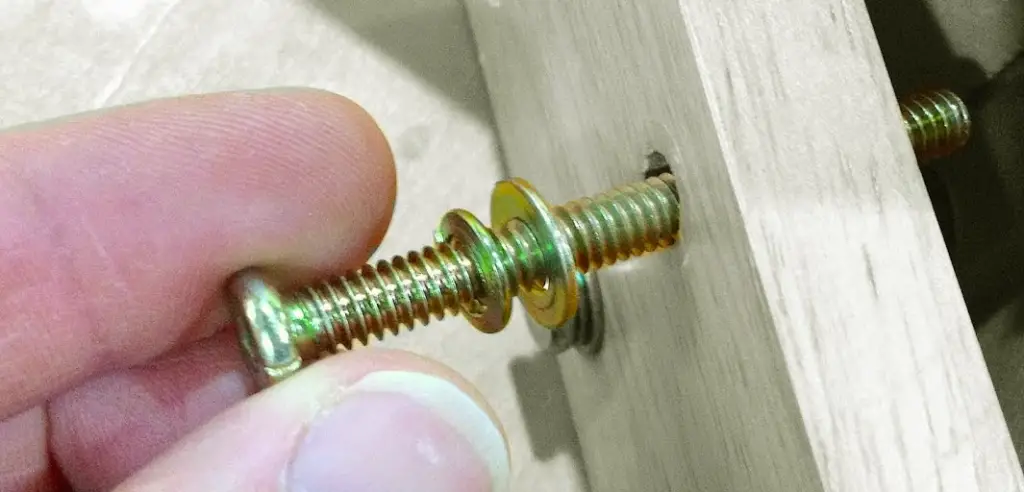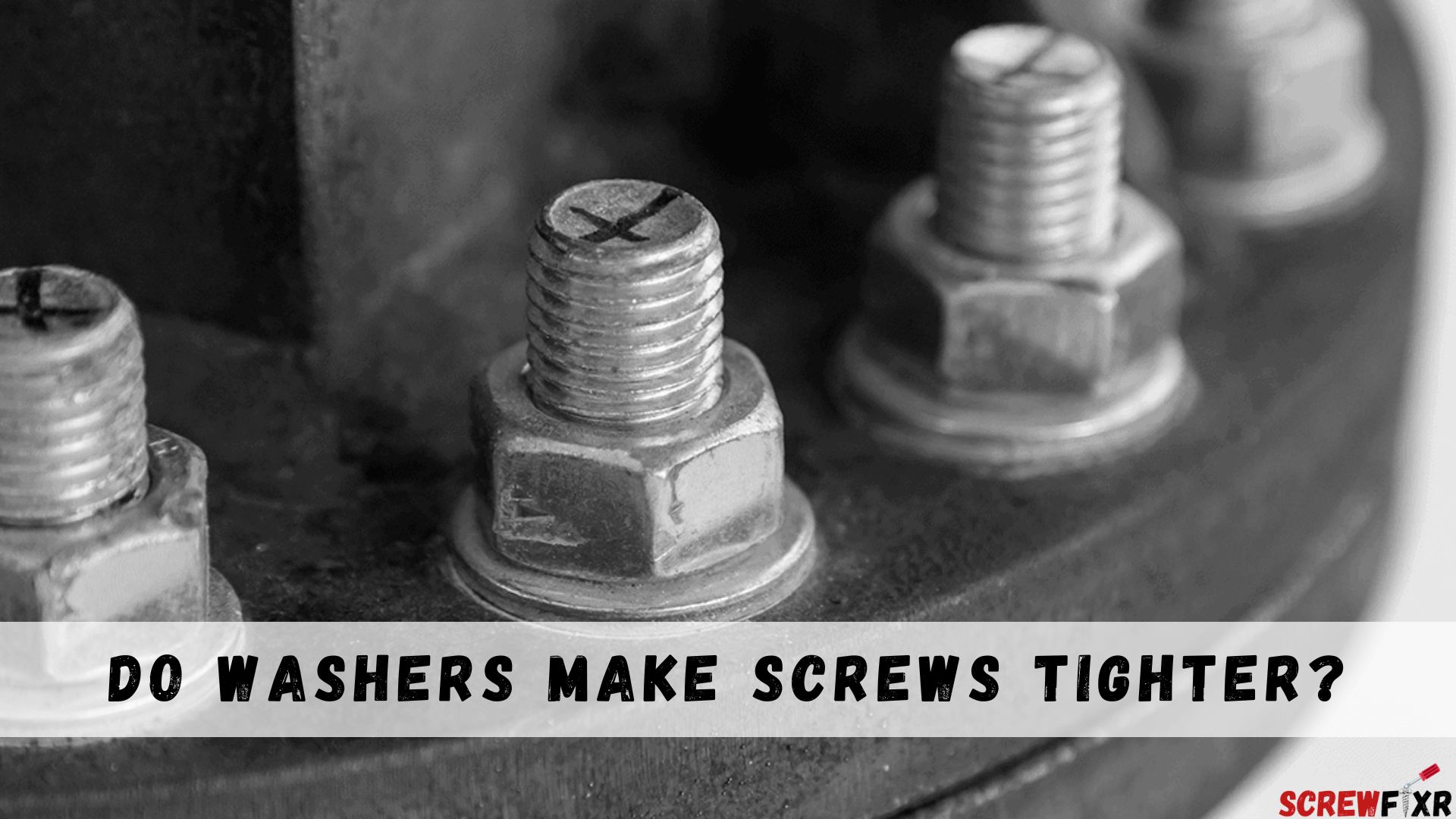When it comes to securing items together, screws are one of the most common fastening devices. Adding a washer to a screw can greatly enhance its holding power, making the connection even stronger. But how exactly do washers make screws tighter, and why are they so important?
We will explore the role of washers in screw connections and the benefits they provide.
What are Washers and Why are They Used?
A washer is a small flat disc made of metal, plastic, or other materials, with a hole in the center. They are placed between the screw head and the surface being fastened, providing a larger surface area for the screw to grip onto.
This not only helps distribute the load more evenly but also prevents the screw from sinking too deeply into the material, reducing the risk of stripping the thread or damaging the surface.
Types of Washers

There are many different types of washers, each designed for specific applications. Some of the most common include:
- Flat washers: The most basic type of washer, flat washers are typically used to provide a flat surface for the screw head to bear against.
- Lock washers: These washers have a split or protrusion that bites into the material, preventing the screw from loosening over time.
- Shakeproof washers: Similar to lock washers, shake-proof washers are designed to prevent vibration from loosening the screw.
- Belleville washers: These washers are conical in shape and are commonly used to apply continuous pressure in high-stress applications.
- Tooth washers: Tooth washers have sharp edges that dig into the material, providing a strong grip for the screw.
Do Washers Help Tighten Screws? The process

The main benefit of using washers with screws is that they increase the friction between the screw and the material being fastened. This helps prevent the screw from slipping, especially under heavy loads or vibration.
When a screw is tightened, the force applied to it can cause it to dig into the surface it’s being screwed into. This can cause the material to deform or become damaged, which can weaken the connection and make it more prone to failure over time. Also if the surface is uneven, the screw may not sit flush, which can also weaken the connection.
Washers help to prevent these issues by providing a flat, even surface for the screw to bear against. By distributing the load of the screw more evenly, they reduce the risk of damage or deformation to the surface being screwed into. Washers can also help to ensure that the screw sits flush, which can improve the stability and strength of the connection.
The Process of Tightening Screws with Washers

The process of tightening screws with washers is straightforward and can be accomplished in a few simple steps:
Gather the materials you’ll need: This includes the screws, washers, and a screwdriver.
Place the washer on the material: Make sure the washer is placed in the correct orientation with the flat side facing the material and the rounded side facing the screw head.
Drive the screw through the washer: Start driving the screw through the washer and material until the screw head is level with the material surface.
Tighten the screw: Use the screwdriver to tighten the screw until it is snug. Avoid over-tightening, as this can cause the screw to strip or damage the material.
Repeat the process: If you need to secure multiple screws, repeat the process for each screw and washer.
Using washers when tightening screws can provide a secure grip and prevent loosening over time. The process is quick and easy to do and can be a useful tool in any DIY or repair project.
Are Washers Necessary for All Screw Applications?
While washers can greatly enhance the holding power of screws, they are not always necessary. For light-duty applications, such as hanging a picture or securing a shelf, a screw on its own may be sufficient.
For applications that are subject to heavy loads, vibration, or high stress, washers are an important component to ensure a secure and long-lasting connection. In these cases, the use of a washer can greatly increase the holding power of the screw, reducing the risk of failure and ensuring the safety of the structure.
When to Use Washers
When deciding whether to use washers with screws, consider the following factors:
- Load: The amount of weight or stress the connection will be subjected to.
- Vibration: Whether the connection will be subjected to vibration, such as from machinery or vehicles.
- Surface: The type of material being fastened, as well as its condition and thickness.
Based on these factors, you can determine whether a washer is necessary for your application and which type of washer will provide the best performance.
FAQ

Will a washer make a screw tighter?
Yes, using a washer with a screw can help make the screw tighter. The washer provides additional surface area for the screw to grip, increasing the overall holding power of the fastened joint.
What can I use to make screws tighter?
Using a washer, other methods for making screws tighter include using a larger screw, using a longer screw, adding thread-locking adhesive, and pre-drilling a pilot hole for the screw to thread into.
How do you put a screw in a tight spot?
To put a screw in a tight spot, you can use a screwdriver with a flexible shaft or an offset screwdriver. Another option is to use a drill with a screwdriver bit to drive the screw into place. You can also try using a ratchet screwdriver for additional leverage. If the space is too tight for any of these tools, you can try using a right-angle attachment for your drill or screwdriver.
In summary
Using washers with screws can greatly enhance their holding power, making the connection even stronger and safer, especially in high-stress applications.


